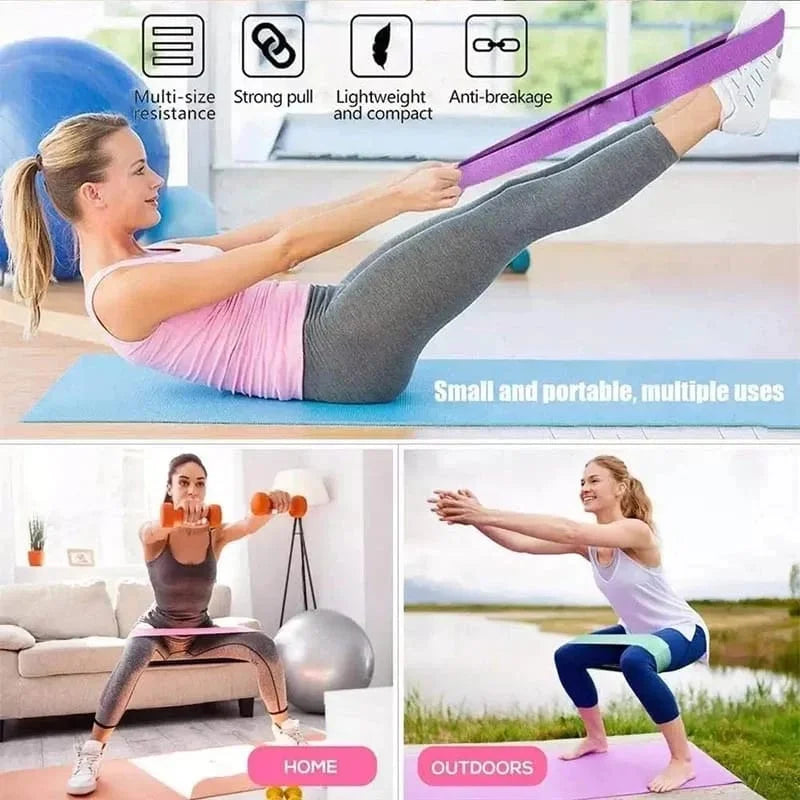Resistance bands are versatile tools for strength training that offer several benefits, including convenience, portability, and versatility. Here are some tips for using resistance bands effectively in your training:
-
Choose the Right Resistance: Resistance bands come in various levels of resistance, ranging from light to heavy. Select bands that provide enough resistance to challenge your muscles without compromising proper form. Consider purchasing a set of bands with different resistance levels to accommodate various exercises and fitness levels.
-
Warm-Up Properly: Before starting your resistance band workout, warm up your muscles with dynamic movements such as arm circles, leg swings, and hip rotations. This helps increase blood flow to the muscles, improve flexibility, and reduce the risk of injury.
-
Focus on Form: Pay close attention to your form and technique while using resistance bands. Maintain proper alignment, engage your core muscles, and move through exercises with controlled and deliberate movements. Avoid jerky or uncontrolled movements that can lead to strain or injury.
-
Start with Basic Exercises: Begin with basic resistance band exercises to familiarize yourself with the equipment and build a foundation of strength and stability. Some beginner-friendly exercises include bicep curls, shoulder presses, chest presses, squats, and rows.
-
Progress Gradually: As you become more comfortable with resistance band training, gradually increase the intensity, duration, and complexity of your workouts. Experiment with different resistance levels, grips, and angles to target specific muscle groups and challenge your body in new ways.
-
Incorporate Variety: Keep your workouts interesting and effective by incorporating a variety of resistance band exercises that target different muscle groups and movement patterns. Explore exercises for the upper body, lower body, core, and stability to ensure comprehensive muscle development and functional strength.
-
Combine with Other Equipment: Resistance bands can be used alone or combined with other fitness equipment such as dumbbells, kettlebells, or stability balls to create more dynamic and challenging workouts. Experiment with different combinations and variations to keep your training regimen fresh and engaging.
-
Listen to Your Body: Pay attention to your body's signals and adjust the intensity and duration of your workouts accordingly. If you experience discomfort, pain, or fatigue, take a break, modify the exercise, or reduce the resistance level to prevent injury and overtraining.
-
Cool Down and Stretch: After completing your resistance band workout, take time to cool down and stretch your muscles to promote recovery, flexibility, and relaxation. Perform static stretches for major muscle groups, focusing on areas that feel tight or tense.
-
Stay Consistent: Consistency is key to seeing results with resistance band training. Aim to incorporate resistance band workouts into your regular exercise routine several times per week to build strength, improve muscle tone, and enhance overall fitness.
By following these tips and incorporating resistance bands into your training regimen, you can effectively challenge your muscles, improve functional strength, and achieve your fitness goals in a safe and efficient manner.









